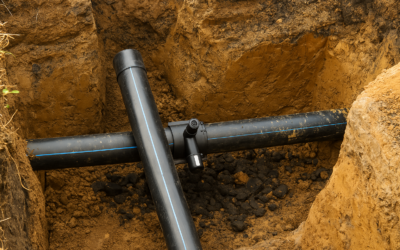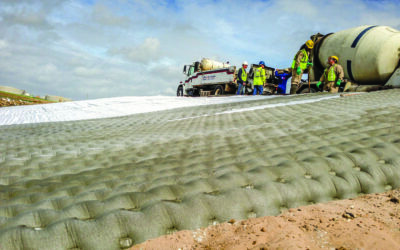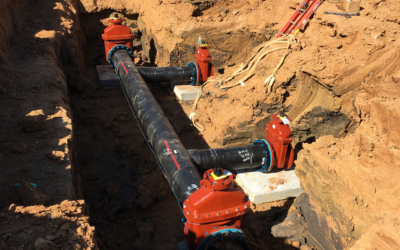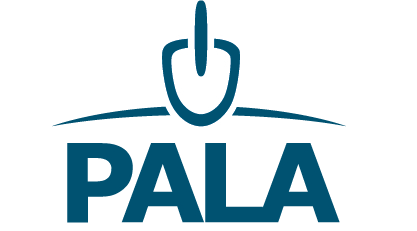Water and construction generally don’t mix. Just like a rainy day can halt work on your site, so can the standing water it leaves behind once the sun is shining — along with other surface and groundwater in areas slated for construction or excavation. If this is a problem for your construction project, your site may need dewatering. But what exactly does that entail?
What is Dewatering? What Is Dewatering in Construction?
Dewatering is removing water from an area. In construction, this means removing water from a construction site — whether it’s removing ponded water from the surface or removing unwanted or excessive groundwater.
Water can be an impediment to most construction activities, particularly anything involving concrete, which needs time to cure before it can tolerate moisture. Therefore, dewatering is a must for particularly wet sites, such as those with poor surface water drainage or high water tables.
4 Common Dewatering Methods
There are several methods for dewatering; the best method is dependent on a variety of factors specific to the application. Some of the most common dewatering methods are
- Pumping (open sumping)
- Channeling
- Well points
- Deep wells
1. Pumping
One of the methods for dewatering a site is to place a sump pump into wet, ponded areas and pump the water to another location. This method works specifically for surface water; for moving groundwater, more sophisticated pumping solutions are needed.
2. Channeling
Channeling is one of the oldest, and lowest-tech, methods of dewatering surface water. It involves digging channels or ditches, into which water will drain. These channels harness the power of gravity to move water away from the worksite.
To prevent this water from draining into the channel soil and prevent soil washout, some kind of geosynthetic liner or erosion control system may be used to line the channel.
3. Well points
For dewatering groundwater, one method is to drill a series of small, shallow wells around the work area, known as well points. From these wells, groundwater can be pumped out of the soil.
4. Deep wells
For applications where well points are insufficient, such as construction sites that are large or that require deep excavation, large, deep wells can be installed to draw up groundwater.
How is Excess Water Managed After Dewatering?
In all of the methods mentioned above, the water that is being removed from the construction area is generally redirected to another area of the site, where ponding will not be an issue for construction activities. Water may be diverted to densely vegetated areas of the property, which can absorb the excess water without risking extreme soil erosion or runoff. In some cases, detention ponds, tanks, or other infrastructure are needed to contain the excess water after it has been removed from the dewatered areas of the site.
Regardless of where it is diverted, except when using the channeling method of dewatering, water is pumped and transported through pipes to the designated release or containment area. Water, as a fluid, is heavy and difficult to transport via other means. Temporary or permanent piping networks are established to divert water removed from the surface and soil.
HDPE piping is often used for this purpose, as it is light and flexible, and can be installed using any of a variety of methods, depending on the application. Unlike other types of pipe, the sections of which are joined together with additional pipe components and adhesives, HDPE pipe is connected via plastic fusion: pipes are essentially melted together at high heat. This creates truly seamless piping, meaning that there are no opportunities for leaks.
Need Dewatering Solutions? US FUSION Can Help
HDPE pipe is the natural choice for specialty construction dewatering needs, as it’s durable, flexible, affordable, and corrosion-resistant, with leak-free performance. To discuss how US Fusion’s HDPE offerings can meet the dewatering needs of your site and application, contact us today.







